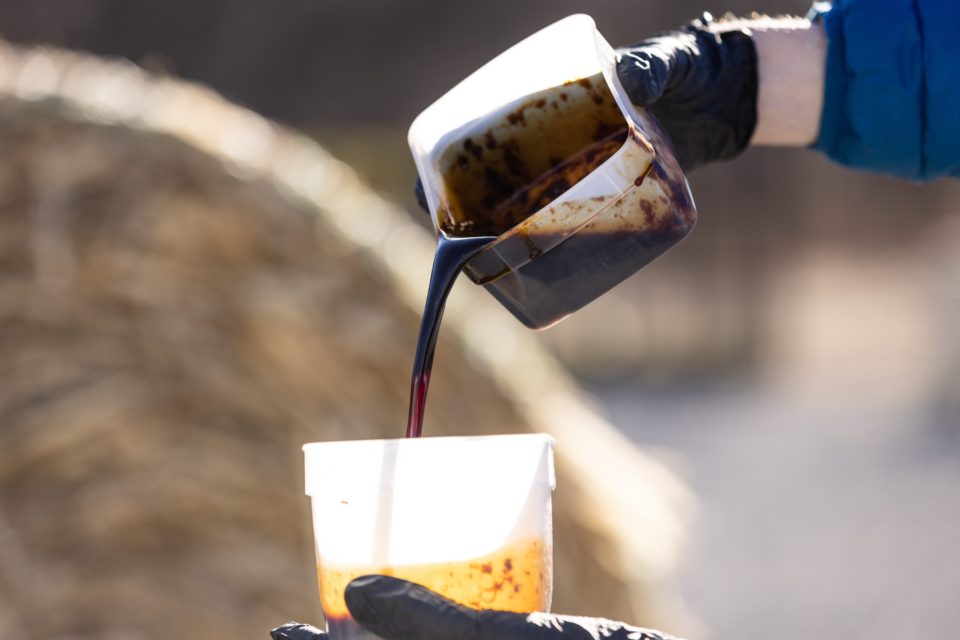The iron and steel industry produces about 4 billion tons of carbon emissions each year, accounting for around 10% of all energy-related climate pollution, according to a 2020 report by the International Energy Agency. Those figures have risen sharply this century, driven by rapid economic growth in China and elsewhere.
The hefty emissions and increasingly strict climate policies in some areas, including Canada and the European Union, have started to compel some companies to explore cleaner ways of producing these essential building blocks of the modern world.
The Swedish joint venture Hybrit delivered the first commercial batch of green steel to Volvo last year. This partnership between the steel giant SSAB, the state-owned power company Vattenfall, and the mining company LKAB, used a manufacturing method that relied on carbon-free hydrogen in lieu of coal and coke. Other companies are exploring the use of facilities with equipment that captures carbon dioxide or, like Boston metalimplementing entirely different electrochemical methods.
Charm is still evaluating another approach. In the back corner of the company’s warehouse, employees have been using a narrow metal contraption, known as a reformer, to react the company’s bio-oil with hot steam and oxygen. That produces what’s known as syngas, which is mostly a mix of carbon monoxide and hydrogen.
Bio-oil produced from crop remains.
CHARM INDUSTRIAL
That could potentially be swapped into one method of producing iron and steel.
The most common form of steel production starts with a blast furnace, which heats iron ore, limestone, and coke, a form of coal, to temperatures above 1,500 ˚C. The resulting carbon-laden metal, known as “pig iron,” then moves into a second furnace, where oxygen is blown into it, impurities are removed, and other materials are added to produce various grades of steel.
Emissions occur at every stage of this process, including the extraction and production of iron, coal, and coke; the combustion of fuels to run the furnaces; and the chemical reactions that occur within them.
But about 7% of non-recycled steel is produced today in a different type of furnace, using what’s known as a direct-reduction method. It usually relies on natural gas to strip oxygen atoms off the iron oxide ore in a shaft furnace. This produces what’s known as sponge iron, which basically just needs to be melted and mixed with other materials. That second step can be done in what’s known as an electric arc furnace, which can run on carbon-free power from solar, wind, geothermal, or nuclear plants.
